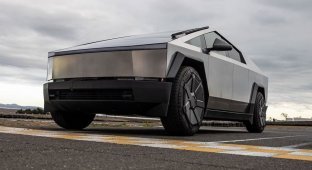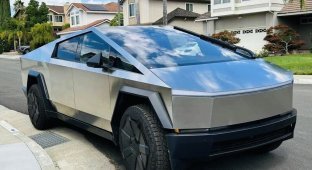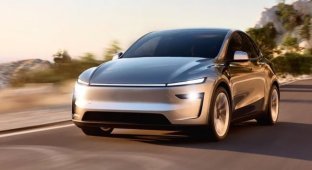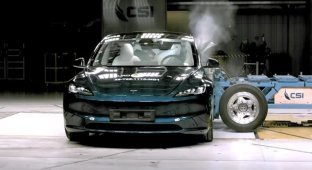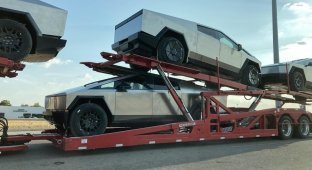Expiration of tax credits for electric vehicles has caused a sharp increase in Tesla sales, but its flagship models have flopped (2 photos)
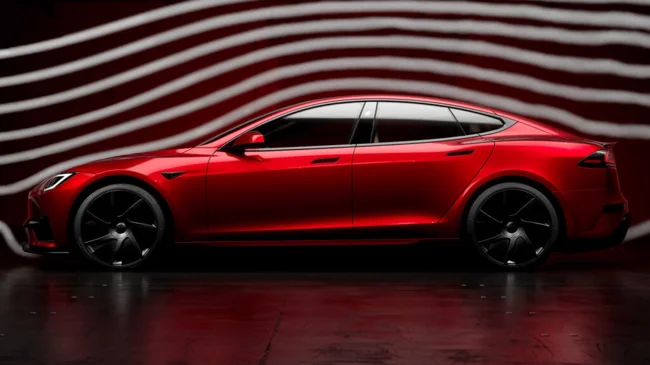
Tesla Sales Rise in Q3
Despite a difficult year, Tesla received some positive news: in the third quarter of 2025, vehicle deliveries increased by 7.4% compared to the same period last year. This is a significant increase, and it is likely due to the end of state tax breaks for electric vehicles, which encouraged buyers to make quick decisions.
Key Model Performance
The Model 3 and Model Y were the main drivers of growth, with shipments reaching 481,166 units, up 9.4% year-over-year. However, not all models performed well: the Model S, Model X, and Cybertruck continued to lag behind, with shipments falling from 22,915 to 15,933 vehicles.
Overall Production and Shipment Statistics
Overall, Tesla produced 447,450 vehicles and shipped 497,099 units in the third quarter. By comparison, the company produced 469,796 electric vehicles a year earlier, but only delivered 462,890.
Recovery momentum after political events
Tesla’s sales have rebounded significantly after a second quarter when Elon Musk’s political statements alienated some consumers. Compared to the previous quarter, shipments soared 29.4%, driven in part by the Model 3 and Y, which increased by 107,438 units. Shipments of other models also rose 53.3%.
The impact of the end of tax credits
The end of tax credits could halt this growth, as buyers will now have to pay full price: starting at $42,490 for the Model 3 and $44,990 for the Model Y. That could limit demand, although the company is already working on a more affordable version of the Model Y.
Competition in the affordable electric car market
Tesla is not alone in this path; Hyundai, for example, has significantly reduced prices on the 2026 Ioniq 5, which now starts at $35,000, $7,600 less than last year’s version. Other trim levels are offering even deeper discounts. 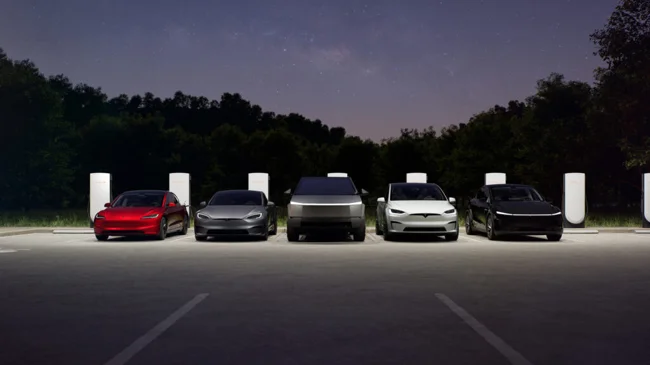
These changes indicate that the electric vehicle market is becoming increasingly competitive, and manufacturers are having to find new ways to attract customers. Tax incentives have temporarily boosted demand, but long-term success will depend on innovation and affordability. For example, developing cheaper models, as Tesla and Hyundai have done, could help maintain momentum, especially in times of economic uncertainty. In addition, the growing popularity of electric vehicles among the middle class could be a key factor in the companies’ future performance.












